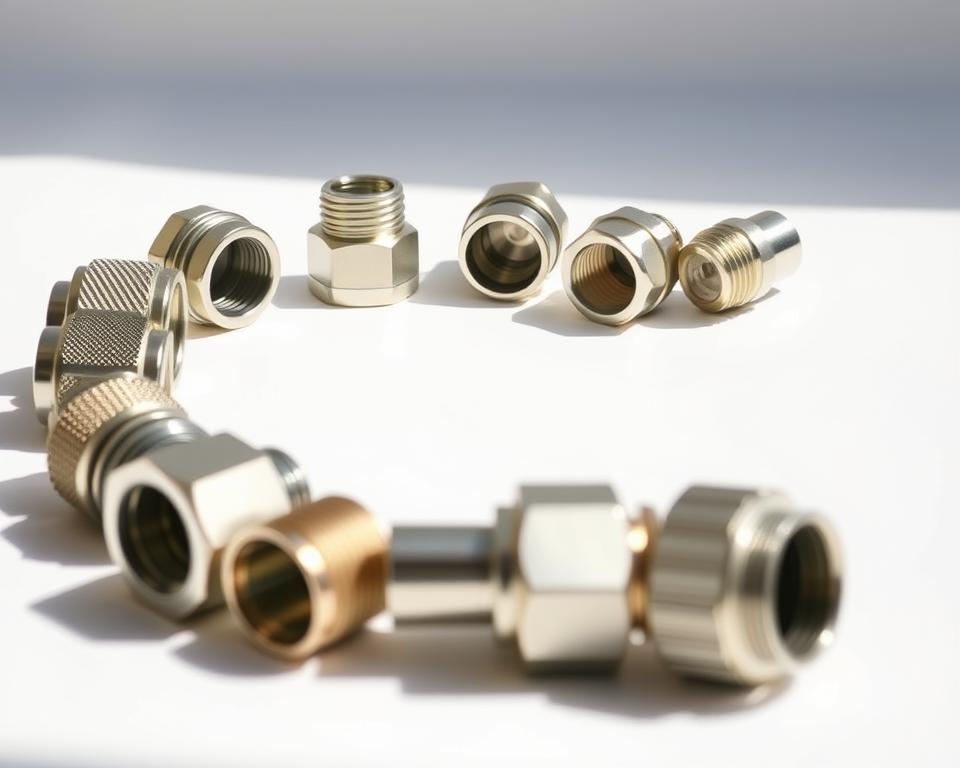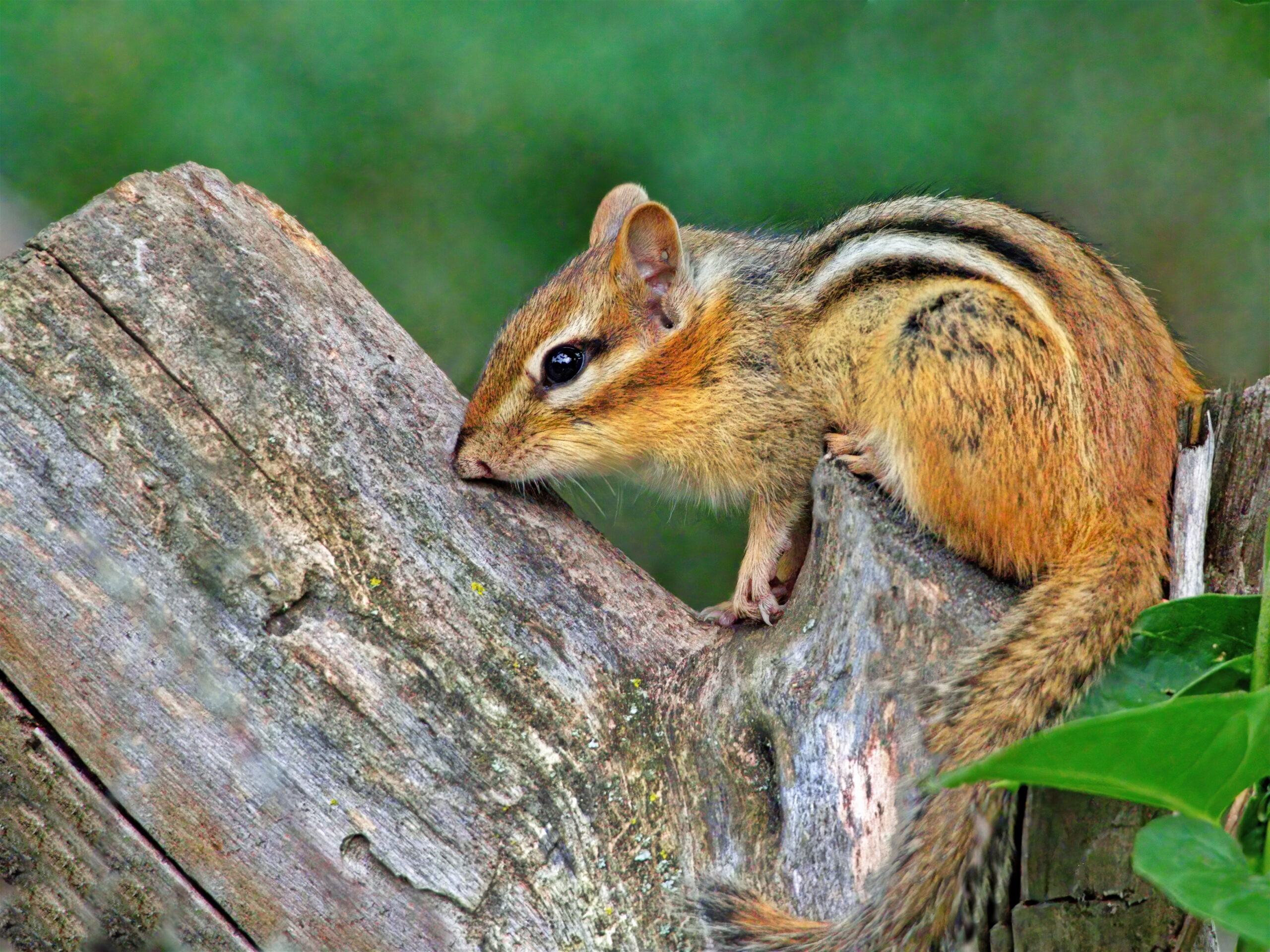Garden Hose Thread Size Table Illustrated
Across America, the most common garden hose thread dimension is ¾ inch (19mm). This measurement is vital for both home and industrial garden operations. It’s essential to comprehend the specifications of garden hose threads. Doing so impacts watering effectiveness greatly. The American National Standards Institute (ANSI) has established the standard size at ¾”–11.5 NH (Garden Hose Thread – GHT). Possessing the accurate hose fitting size is fundamental. It avoids seepage and ensures peak water circulation. For gardening tasks, the suitable equipment is necessary, along with the need to use a garden hose thread pitch. Knowing your plumbing thread sizes allows residents to make savvy and sound decisions for their garden’s needs.
Key Observations
- The standard garden hose thread size is ¾ inch, extensively utilized in multiple environments.
- Correctly aligning hose and fitting sizes prevents leaks and improves water distribution.
- Typical residential hose sizes include ½ inch, 5/8 inch, and ¾ inch.
- Understanding thread pitch and diameter is essential for effective hose connections.
- Routine inspection of fittings is advised for optimal performance and upkeep.
Understanding Garden Hose Thread Essentials
Understanding the fundamentals of garden hose threads is vital for enhanced gardening and watering effectiveness. These threads enable garden hoses to join to a range of fittings and add-ons through a standardized system. Notably, the Garden Hose Thread (GHT) standard facilitates a tight connection between hoses, spigots, and watering devices. This arrangement secures a smooth fit within the broader watering setup, vital for coordinating connector sizes precisely.
Definition of Garden Hose Thread
Garden hose threads are designed to ensure a secure fit between hoses and their respective fittings, fostering broad compatibility. The ¾ inch GHT is predominantly employed, making it a standard size for many garden hoses. A thread size conversion table is extremely useful for choosing the suitable fittings for various needs. Being aware of various hose thread types, including those for custom hoses, streamlines the process of connecting accessories.
Importance of Thread Size in Water Flow
The diameter of a garden hose’s thread substantially impacts water flow and its intensity. When thread sizes are correctly matched, the risk of leakage—at the risk of water intensity and efficiency—is reduced. Incorrect sizes can result in reduced performance, emphasizing the importance of standard compatibility and periodic inspections. Examining hose fittings for wear or defects is recommended, as such issues can hinder water circulation.
Common Garden Hose Thread Sizes
Understanding the various garden hose thread sizes is crucial for the right fit and efficient water circulation in your watering system. You’ll commonly see sizes such as ¾ inch, 5/8 inch, and ½ inch. A hose fitting size guide clarifies these differences, aiding property owners in their decisions. It ensures that their selections satisfy their garden’s needs optimally.
¾ Inch Garden Hose Thread
The ¾ inch garden hose thread is the primary choice for both domestic and business uses. This size provides generous water flow, suited for bigger gardens and substantial irrigation requirements. It’s engineered for easy hand-tightening, removing the requirement for implements. According to a sizing guide, over 95% of U.S. garden hoses comply with this benchmark, demonstrating its widespread use.

5/8 Inch Garden Hose Thread
The 5/8 inch thread strikes a balance between effective irrigation and handling ease. It might not offer the circulation of the ¾ inch, but it’s ideal for smaller spaces and single plants. This size is notably useful and easier to store, attractive to city dwellers with limited gardening areas. Understanding the different connector sizes helps in choosing the proper hose, improving watering efficiency.
½ Inch Garden Hose Thread
The ½ inch thread, albeit rarer, is essential for particular low-volume watering operations. It’s commonly seen in lighter hoses and systems where a strong water jet is not required. Opting for the correct hose fitting size prevents problems like seepage and suboptimal performance. Consistent checks ensure that your hose connections are kept in optimal condition, minimizing water waste.
Garden Hose Thread Size Table
Comprehending various garden hose thread sizes is essential for homeowners who require connecting hoses correctly. A garden hose thread size chart is an essential tool, outlining key sizes for simple visualization. It is imperative to use the suitable fittings. Mismatched sizes can result in suboptimal water distribution or harm.
Visual Representation of Common Sizes
| Category of Thread | Label | Compatibility | Application |
|---|---|---|---|
| Garden Hose Thread | GHT | Straight | Domestic and commercial applications |
| National Pipe Thread | NPT | Tapered | Plumbing applications, intense pressure configurations |
| National Fire Hose Thread | NST | Universal fit | Firefighting equipment |
| National Pipe Straight Hose | NPSH | Diverse pairings | Hose coupling systems |
This table illustrates the standard thread sizes for garden hose fittings. The sizes commonly utilized are ¾ inch GHT and 5/8 inch GHT. These sizes align with the well-known hose widths. Understanding these measurements aids pick the proper products for effective garden care.
Handy Cheat Sheet for Residents
- The ¾ inch size is the most common. It connects with standard outdoor taps effectively.
- The 5/8 inch size is versatile for particular tasks.
- ½ inch is ideal for lightweight, low-pressure jobs.
- It’s prudent to periodically inspect hose fittings to avert damage.
- A digital caliper secures precise measurements for a flawless fit.
Assessing Your Garden Hose Thread Size
Accurately measuring your garden hose thread size is essential for a perfect fit. Understanding how to determine your garden hose’s diameter ensures you pick the right fittings for peak water flow. This guide will assist you in recognizing suitable sizes for uninterrupted equipment integration.
Tools Needed for Accurate Measurement
For precise hose fittings and diameter measurements, you will need these tools:
- Digital calipers for exact inner and outer diameter readings.
- Tape measure for a rough size approximation.
- Marker or notepad to note measurements.
- Ruler for further verification if required.
Step-by-step Guide to Measuring
To determine your garden hose diameter, there are two crucial steps: measuring the inner diameter (ID) and the outer diameter (OD). Here are the guidelines for both determinations:
-
Determining Inner Width:
- Widen the digital calipers wide enough to enter the hose.
- Insert the jaws of the calipers into the hose and gently close them until they make contact with the inner surfaces.
- Record the indicated value, which is the inner diameter.
-
Determining Outer Width:
- Place the calipers on the hose’s outer border.
- Adjust for a secure fit without over-tightening, which could misshape the attachment.
- Write down the outer diameter value from the calipers.
Once you have taken these measurements, refer to a hose fitting size chart to determine the appropriate fittings. Correctly assessing your garden hose width not only secures compatibility with various nozzles but also upholds efficient water intensity for your garden’s irrigation demands.
Different Types of Hose Threads
For anyone handling garden hoses, understanding the various hose thread types is vital. These types are crafted for specific tasks, each with its distinct purpose. Garden Hose Thread (GHT) and National Pipe Thread (NPT) are chiefly used. Understanding these helps prevent issues like leaks due to mismatch.
Garden Hose Thread (GHT)
In the United States, Garden Hose Thread (GHT) is the custom for garden hoses. It is characterized by its straight nature, guaranteeing it doesn’t narrow at the end. You’ll find most garden hoses feature a ¾ inch GHT connector. This maintains compatibility with attachments such as sprinklers and nozzles. GHT’s design prioritizes ease of connection and disconnection, effectively minimizing leaks and securing a stable fit.
National Pipe Thread (NPT) and Variations
Alternatively, National Pipe Thread (NPT) features a tapered design, making it a staple in plumbing. Its tapered form creates a tighter seal, ideal for withstanding high pressure. Importantly, there are particular compatibility rules, such as female NPT fittings not compatible with male NPSM or NPSH types. For those moving from garden hoses to more stiff plumbing setups, understanding these distinctions is essential.
| Thread Type | Label | Suitability | Purpose |
|---|---|---|---|
| Garden Hose Thread | GHT | Uniform | Home and industrial applications |
| National Pipe Thread | NPT | Gradually narrowed | Plumbing applications, intense pressure configurations |
| National Fire Hose Thread | NST | Complete gender-matched compatibility | Emergency response tools |
| National Pipe Straight Hose | NPSH | Diverse pairings | Hose coupling systems |
Adapters and Connectors for Garden Hoses
Grasping the varieties of threaded couplers and their roles is crucial in operating garden hoses effectively. The correct adapters ensure a secure fit and ease the shift between diverse sizes or types of threads. Employing the correct garden hose thread adapters improves your watering system’s efficiency.
Kinds of Threaded Couplers
Different threaded connectors are pivotal for garden hoses:
- Reducing Adapters: Essential for connecting hoses of diverse diameters, enabling a effortless change from a larger to a reduced hose.
- Upsizing Couplers: They are well-suited for connecting smaller hoses to larger fixtures.
- Rapid Couplers: Allow speedy and effortless hook-up and release of hoses, rendering the watering process more efficient.
- Storz Fittings: Their special design enables connections at all angles, primarily employed in firefighting gear.
When to Use Adapters
Using garden hose thread adapters is advised in multiple situations:
- To join hoses of varying diameters, one must use reducing or expanding adapters.
- If fittings misalign due to threading issues, the correct adapter can secure a proper fit.
- It’s important to inspect connections routinely and replace old fittings with appropriate adapters to avert leaks and maintain water flow.
- For more convenient seasonal hose detachment, quick-connectors significantly ease the process.
Final Thoughts
For green thumbs, understanding garden hose thread sizes is essential. A garden hose thread size chart simplifies the selection of required hoses and fittings. The ¾-inch garden hose thread, being the standard, provides sufficient water circulation and force for most gardening tasks. On the other hand, 5/8-inch and 1/2-inch fittings are designed for targeted, potentially less demanding watering needs.
Moreover, utilizing the proper adapters and connectors is essential for a stable, seamless connection that ensures peak performance. Regular upkeep and checking of hose fittings are vital for their longevity, preventing leaks that can dampen the gardening spirit. It’s also important for homeowners to opt for fittings made of compositions ideal for their garden’s requirements. Whether it’s robust brass, easy-to-handle plastic, or stainless steel that prevents rust, the correct material makes all the difference.
Installation Parts Supply is ready to provide homeowners with a detailed hose fitting size guide. This aids in making knowledgeable decisions for their gardens. By focusing on accurate connections, gardeners can enhance their watering efficiency. Thus, they’re able to fully enjoy their gardening activities.
FAQ
Which is the standard garden hose thread size?
According to the American National Standards Institute (ANSI), the standard thread size for garden hoses is ¾”–11.5 NH (National Hose).
What is the method to measure my garden hose thread size?
Employ a digital caliper or tape measure to determine the inner and outer diameters of your hose and its fittings.
What are the various sizes of garden hose threads?
Garden hose threads come in three key sizes: ¾ inch, 5/8 inch, and ½ inch. The ¾ inch size is the commonly adopted in residential and commercial settings.
What is the significance to use the correct thread size?
Selecting the right thread size is vital for fitting compatibility. It avoids leaks and ensures water flow and force efficiently.
Which are the primary thread types used in garden hoses?
Garden hoses mainly use two thread types: the non-tapered Garden Hose Thread (GHT) and the tapered National Pipe Thread (NPT). GHT is usually for garden hoses, whereas NPT is often employed in plumbing settings.
What types of garden hose adapters and connectors are available?
There are various adapter and connector options, including those that minimize or upsize size and fast-connect fittings. These devices facilitate connections between different hose sizes and thread types.
How can I prevent leaks when joining my garden hose?
Leak prevention begins with selecting the suitable thread size and using proper adapters. Make sure all connections are tightly secured for a drip-free fit.
Is there a metric thread size equivalent for garden hoses?
Metric thread sizes are also offered for hoses and can be aligned using a conversion table for accurate fittings.


